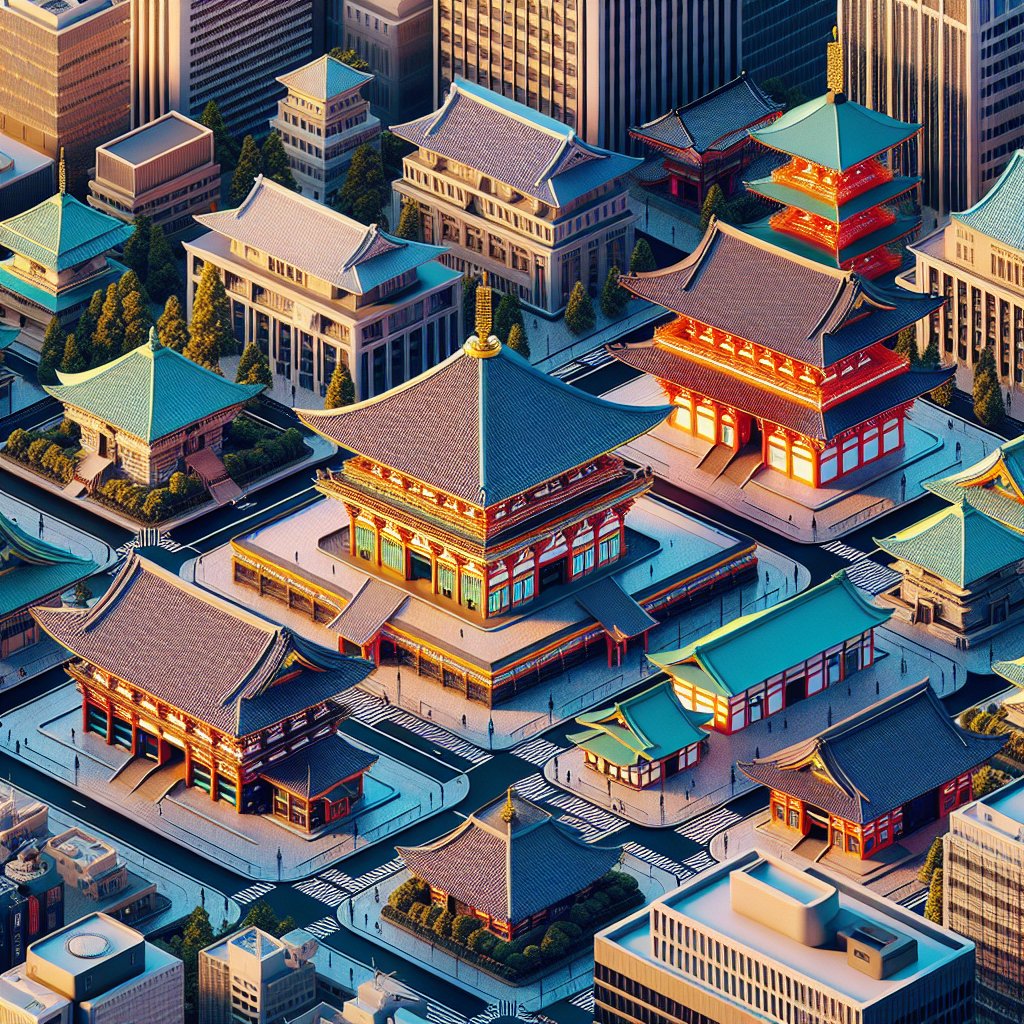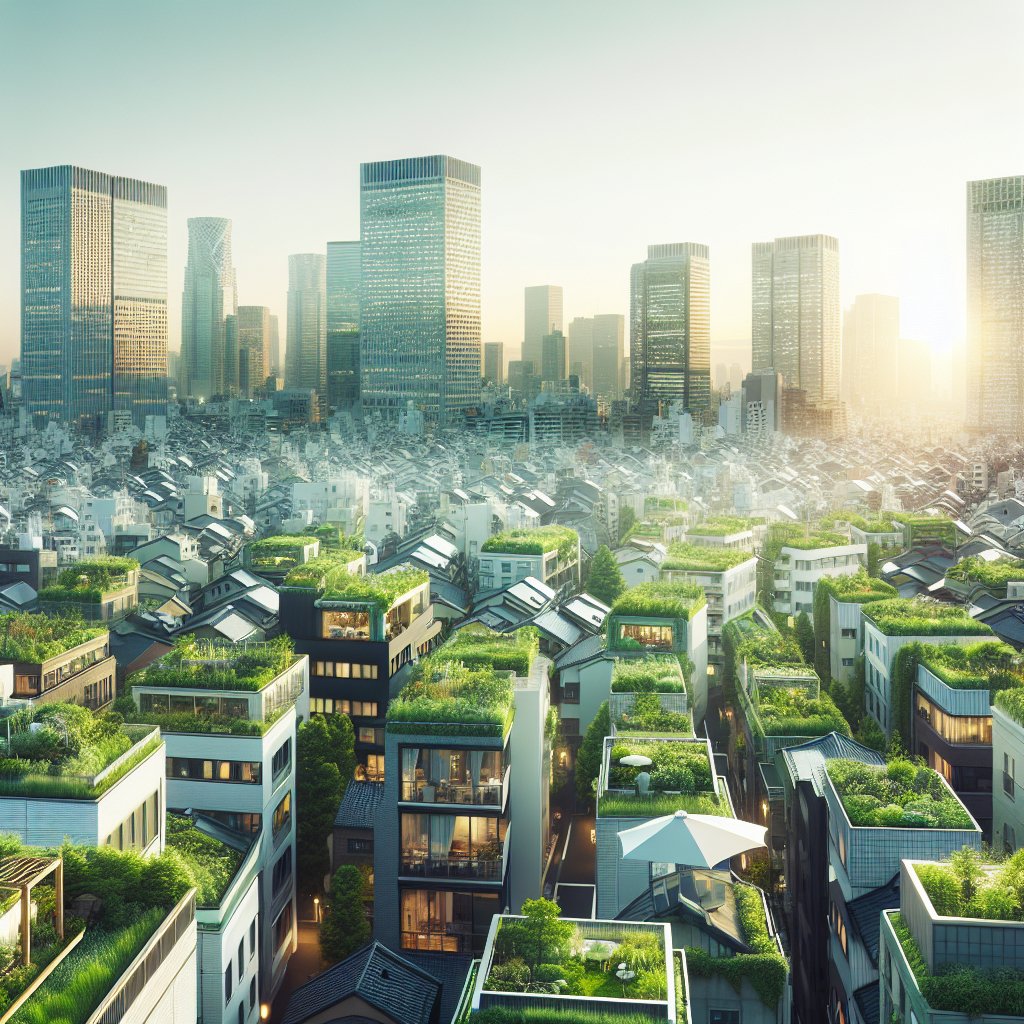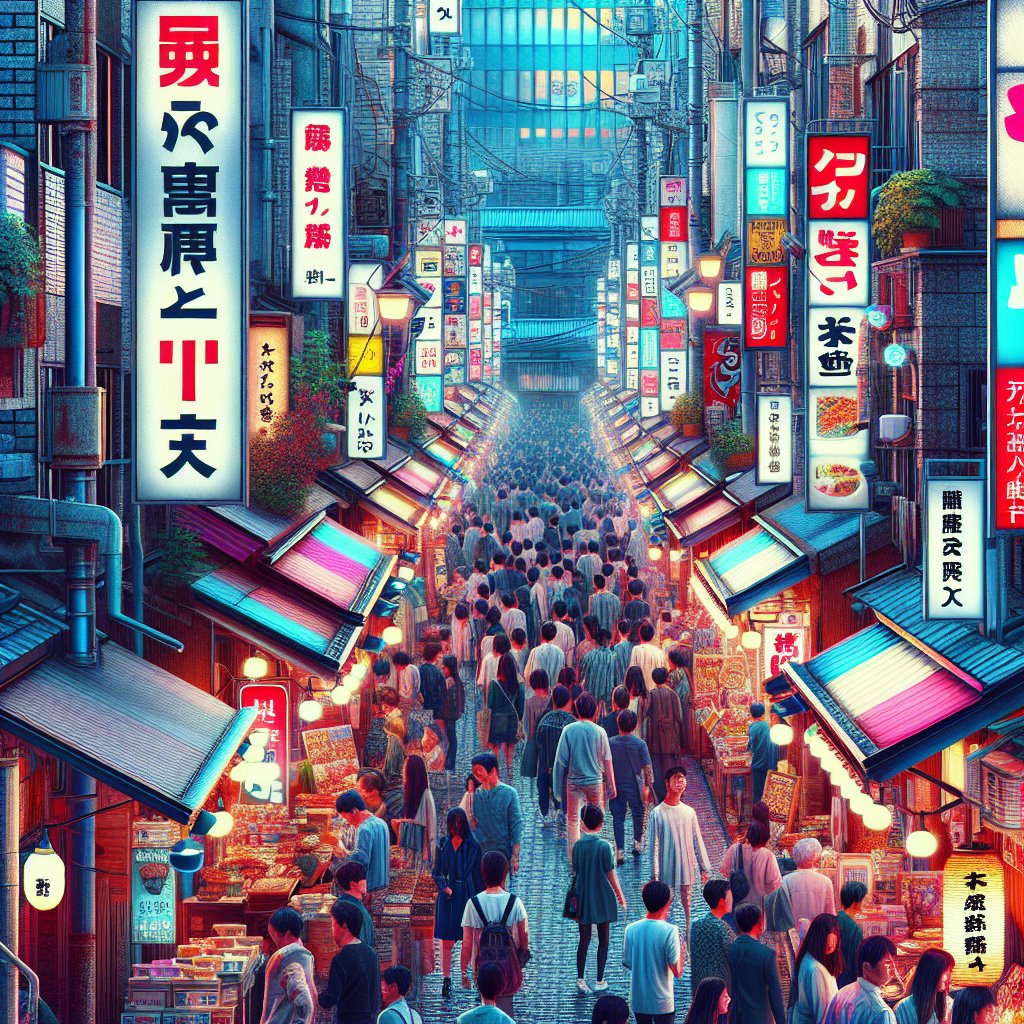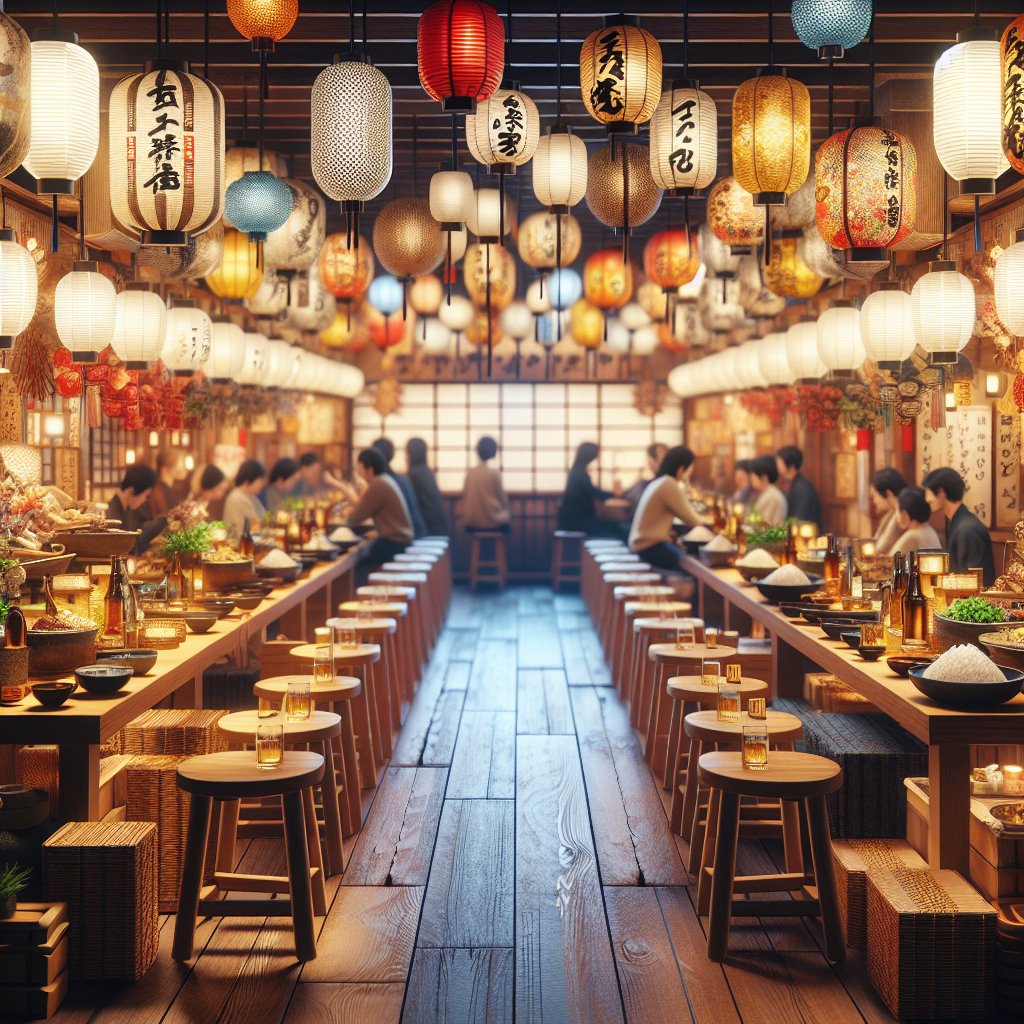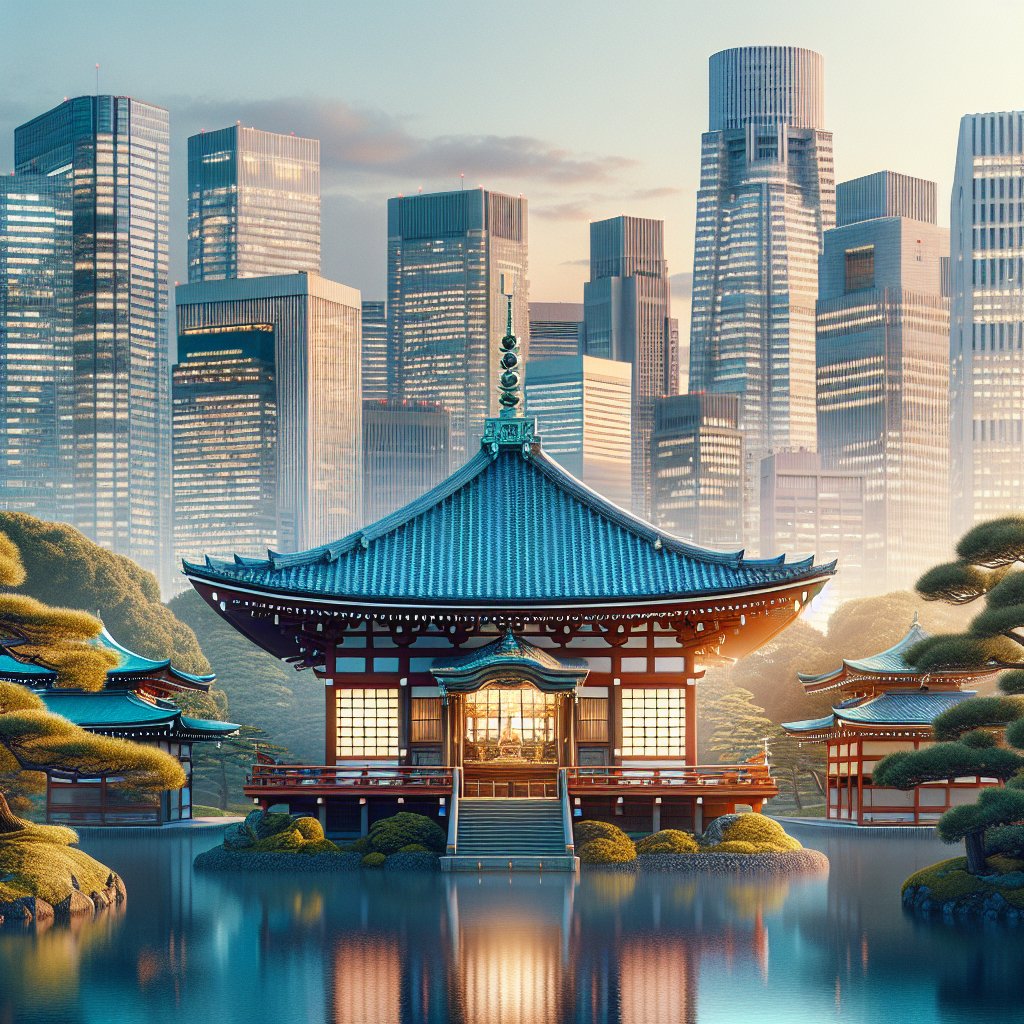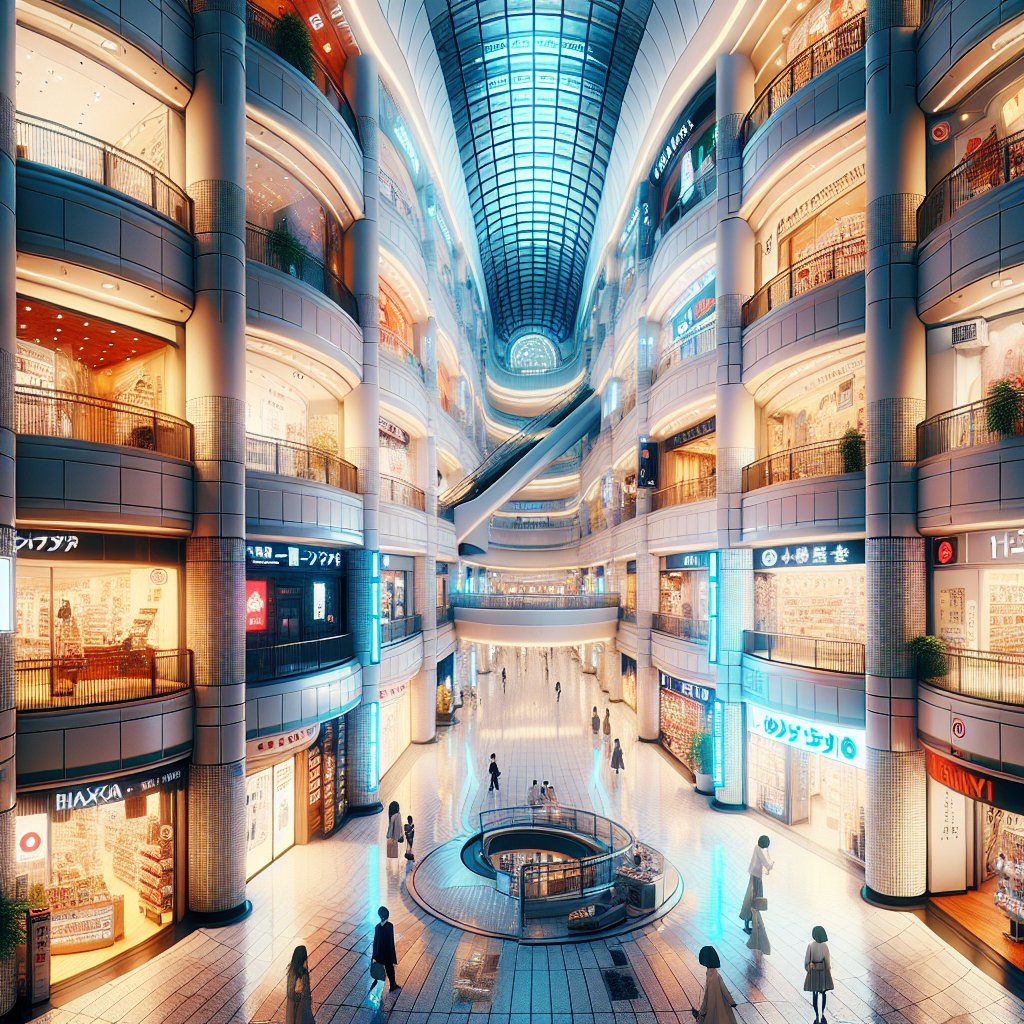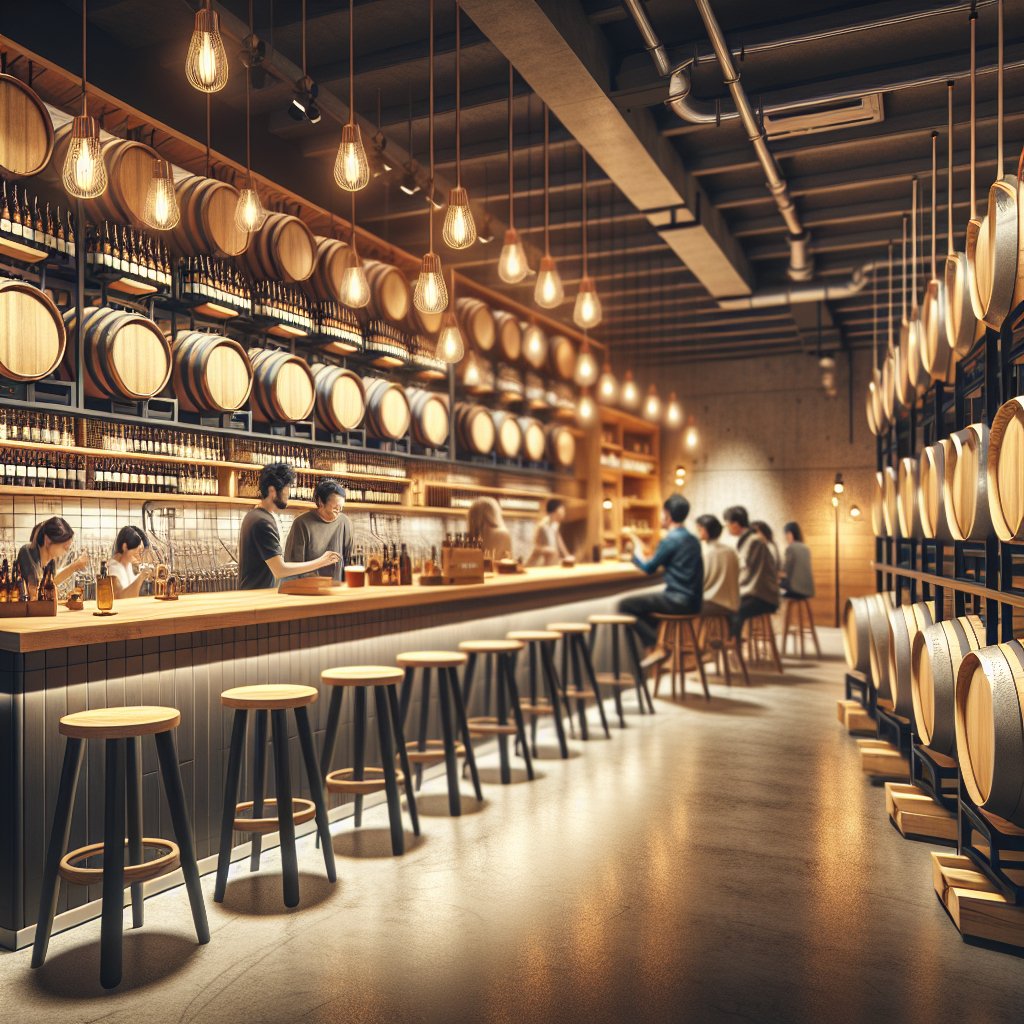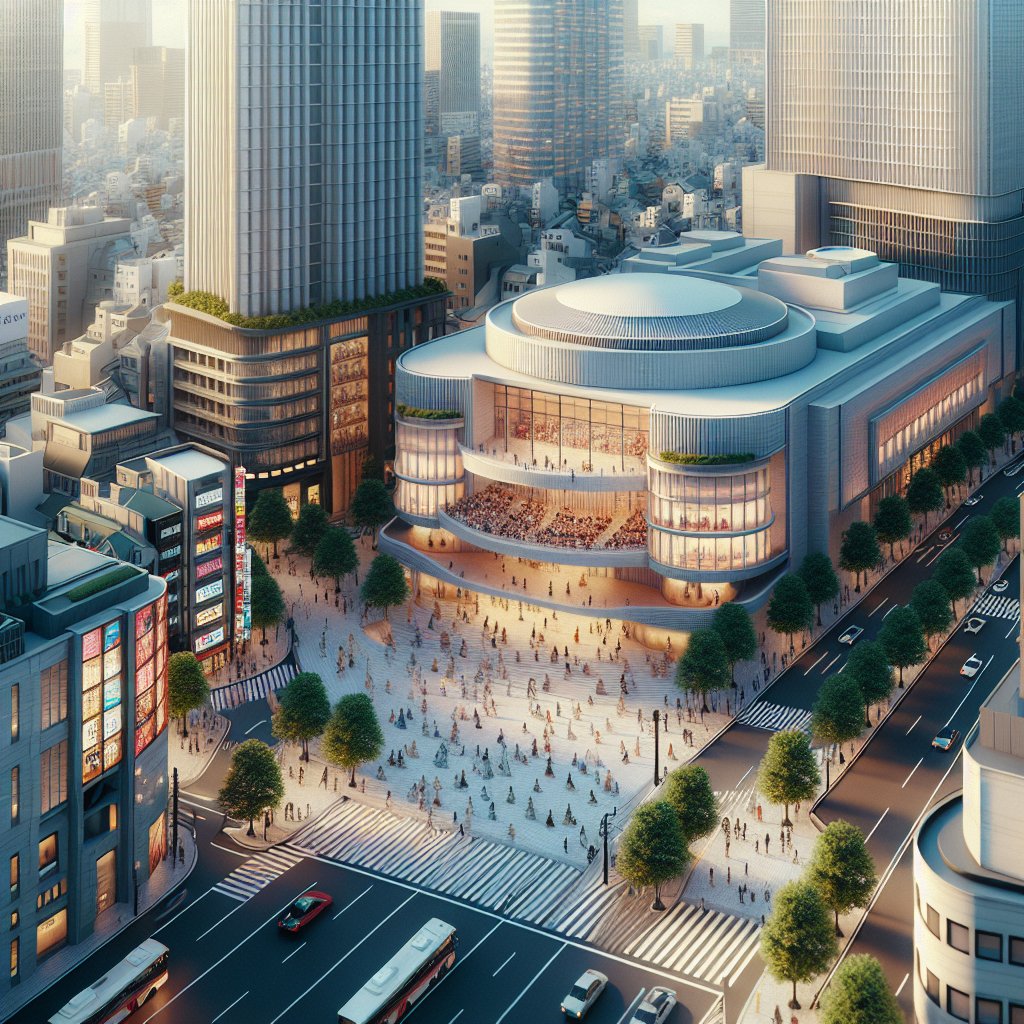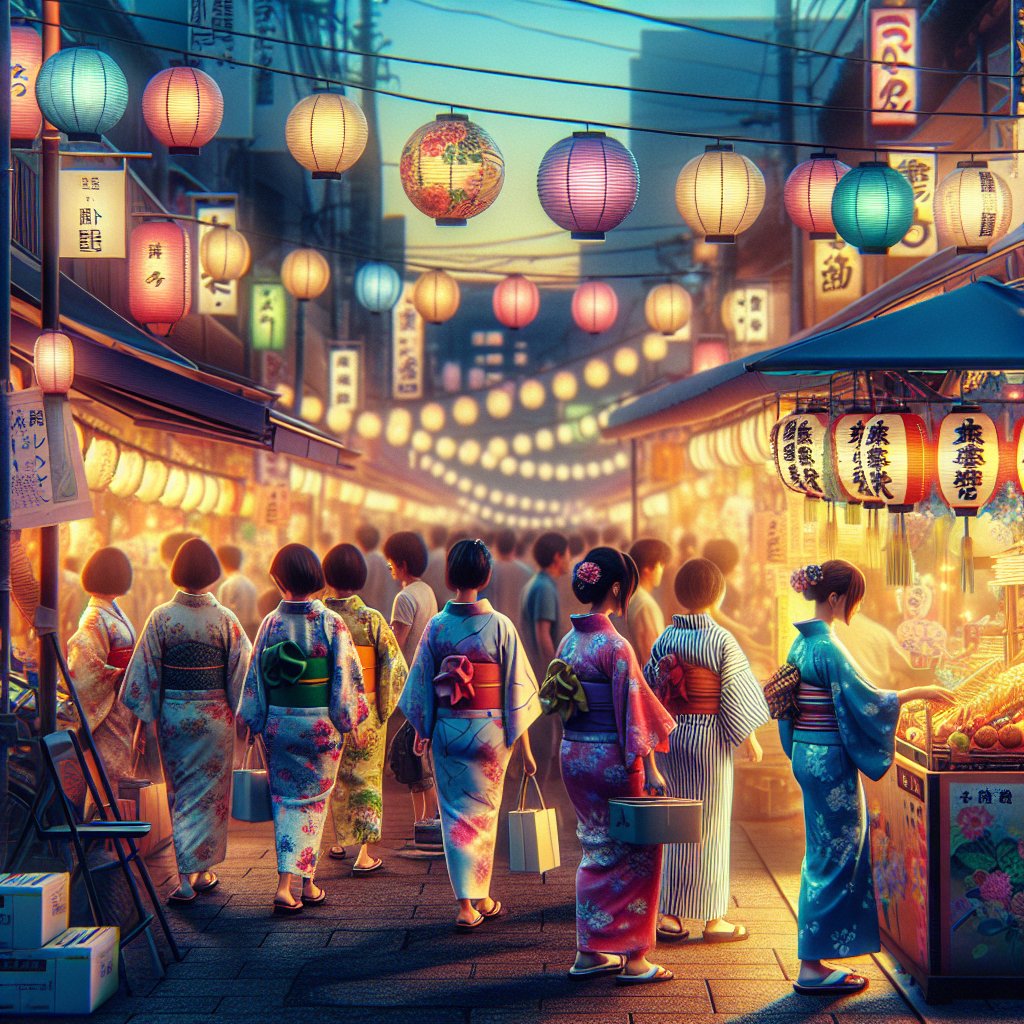Tokyo, the bustling capital of Japan, is a city that seamlessly blends the ultramodern with the traditional. From towering skyscrapers to historic temples, Tokyo offers a plethora of landmarks that captivate the imagination and provide a glimpse into the rich tapestry of Japanese culture. In this article, we will explore the top 10 must-visit landmarks in Tokyo, each offering a unique experience that showcases the city’s diverse charm.
1. The Majestic Tokyo Tower
Standing tall at 333 meters, Tokyo Tower is an iconic symbol of the city. Inspired by the Eiffel Tower, this red and white structure offers breathtaking views of Tokyo’s sprawling metropolis. Visitors can ascend to the main observatory at 150 meters or the special observatory at 250 meters for a panoramic view that stretches as far as Mount Fuji on clear days. The tower is not just a viewpoint; it also houses museums, shops, and restaurants, making it a perfect spot for a day out.
2. The Historic Senso-ji Temple
Located in the heart of Asakusa, Senso-ji is Tokyo’s oldest temple, dating back to 645 AD. This Buddhist temple is dedicated to Kannon, the goddess of mercy, and is a significant cultural and religious site. The approach to the temple, known as Nakamise Street, is lined with traditional shops selling souvenirs and snacks, offering a glimpse into the Edo period. The temple’s iconic Kaminarimon Gate, with its giant red lantern, is a popular photo spot for tourists.
3. The Bustling Shibuya Crossing
Shibuya Crossing is arguably the busiest pedestrian intersection in the world, and it epitomizes the vibrant energy of Tokyo. As the traffic lights turn red, hundreds of people from all directions cross the street simultaneously, creating a mesmerizing spectacle. The surrounding area is a hub of activity, with shopping centers, restaurants, and entertainment venues. A visit to Shibuya is incomplete without experiencing the organized chaos of this famous crossing.
4. The Serene Meiji Shrine
Nestled within a lush forest in the heart of Tokyo, Meiji Shrine is a tranquil oasis dedicated to Emperor Meiji and Empress Shoken. The shrine is a popular spot for traditional Shinto weddings and offers a peaceful retreat from the city’s hustle and bustle. Visitors can participate in traditional rituals, such as writing wishes on wooden plaques or observing the serene beauty of the iris garden. The shrine’s grand torii gate and the surrounding forest provide a serene backdrop for reflection and relaxation.
5. The Futuristic Odaiba
Odaiba is a man-made island in Tokyo Bay that showcases the city’s futuristic side. This entertainment hub is home to attractions such as the life-sized Unicorn Gundam statue, the interactive teamLab Borderless digital art museum, and the iconic Rainbow Bridge. Odaiba offers a mix of shopping, dining, and entertainment options, making it a popular destination for both locals and tourists. The island’s waterfront provides stunning views of Tokyo’s skyline, especially at sunset.
6. The Cultural Ueno Park
Ueno Park is a cultural haven in Tokyo, offering a variety of attractions, including museums, a zoo, and beautiful cherry blossom trees. The park is home to the Tokyo National Museum, which houses an extensive collection of Japanese art and artifacts. During the cherry blossom season, Ueno Park becomes a popular spot for hanami, or flower viewing, as locals and tourists gather to admire the blooming sakura trees. The park’s serene atmosphere and cultural offerings make it a must-visit destination.
7. The Vibrant Akihabara
Known as the mecca for electronics and otaku culture, Akihabara is a vibrant district that caters to tech enthusiasts and anime fans alike. The area is filled with shops selling the latest gadgets, video games, and anime merchandise. Akihabara is also famous for its themed cafes, such as maid cafes, where visitors can enjoy a unique dining experience. The district’s lively atmosphere and eclectic offerings make it a fascinating place to explore.
8. The Picturesque Imperial Palace
The Imperial Palace, located in the heart of Tokyo, is the primary residence of the Emperor of Japan. While the inner grounds are not open to the public, visitors can explore the beautiful East Gardens, which are open year-round. The gardens offer a peaceful escape with their meticulously maintained landscapes, historic ruins, and seasonal flowers. The iconic Nijubashi Bridge, located near the palace entrance, is a popular spot for photography and offers a glimpse into Japan’s imperial history.
9. The Dynamic Roppongi Hills
Roppongi Hills is a modern urban complex that combines art, culture, and entertainment. The centerpiece of the area is the Mori Tower, which houses the Mori Art Museum and an observation deck with stunning views of Tokyo. Roppongi Hills is also home to a variety of shops, restaurants, and cinemas, making it a popular destination for both locals and tourists. The area’s vibrant nightlife and cultural offerings make it a dynamic and exciting place to visit.
10. The Traditional Tsukiji Outer Market
While the inner wholesale market has moved to Toyosu, the Tsukiji Outer Market remains a bustling hub of activity, offering a wide array of fresh seafood, produce, and traditional Japanese foods. Visitors can sample a variety of delicacies, from sushi and sashimi to grilled seafood and street snacks. The market’s lively atmosphere and diverse offerings make it a must-visit destination for food enthusiasts looking to experience the flavors of Tokyo.
In conclusion, Tokyo is a city that offers a rich tapestry of experiences, from its historic temples and serene gardens to its bustling streets and futuristic attractions. Each landmark provides a unique glimpse into the city’s diverse culture and history, making Tokyo a must-visit destination for travelers from around the world. Whether you’re exploring the vibrant streets of Shibuya or finding peace in the tranquil Meiji Shrine, Tokyo’s landmarks promise an unforgettable journey through one of the world’s most dynamic cities.
